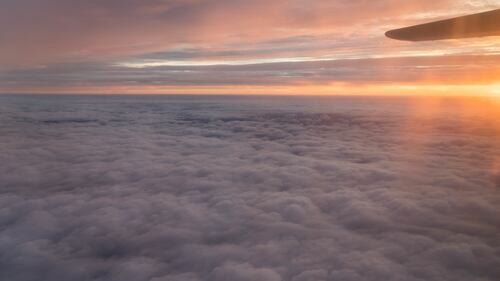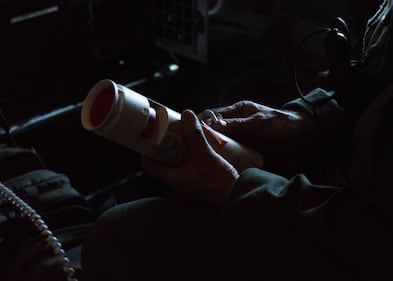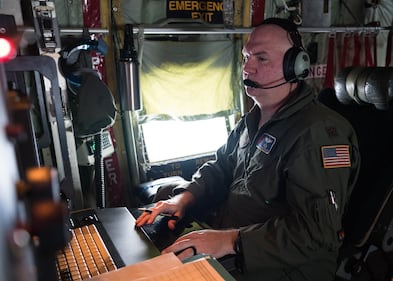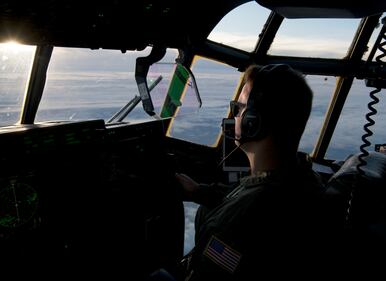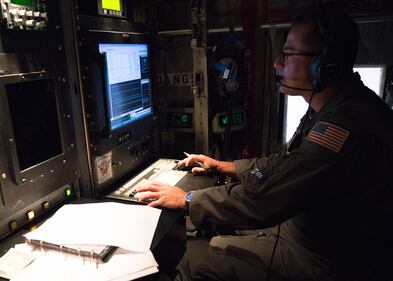Hurricane Douglas, the first storm in the Pacific to become a full-fledged hurricane this year, barely missed Hawaii Monday morning.
But for days, the famed Hurricane Hunters of the Air Force Reserve flew missions in and around Douglas to map its fierce winds and other data.
Air crews from the 53rd Weather Reconnaissance Squadron, part of the 403rd Wing at Keesler Air Force Base in Mississippi, flew five missions into Douglas between Friday and Monday, the wing said in a release.
The squadron flew three WC-130J Super Hercules, loaded up with specialized meteorological equipment, to collect data to help forecasters from the Central Pacific Hurricane Center.
Maj. Grant Wagner, the commander for this mission’s deployment, said this is necessary to help forecasters fill in the data gaps that weather satellites can’t cover.
“The Pacific and Atlantic Oceans are data sparse environments as they lack radar and weather balloons in the area,” Wagner said. “We are able to get into the storm, find the center, and get that ground truth data that assists with movement and intensity forecasts. The data we collect can improve a forecast by anywhere from 15 to 25 percent.”
RELATED
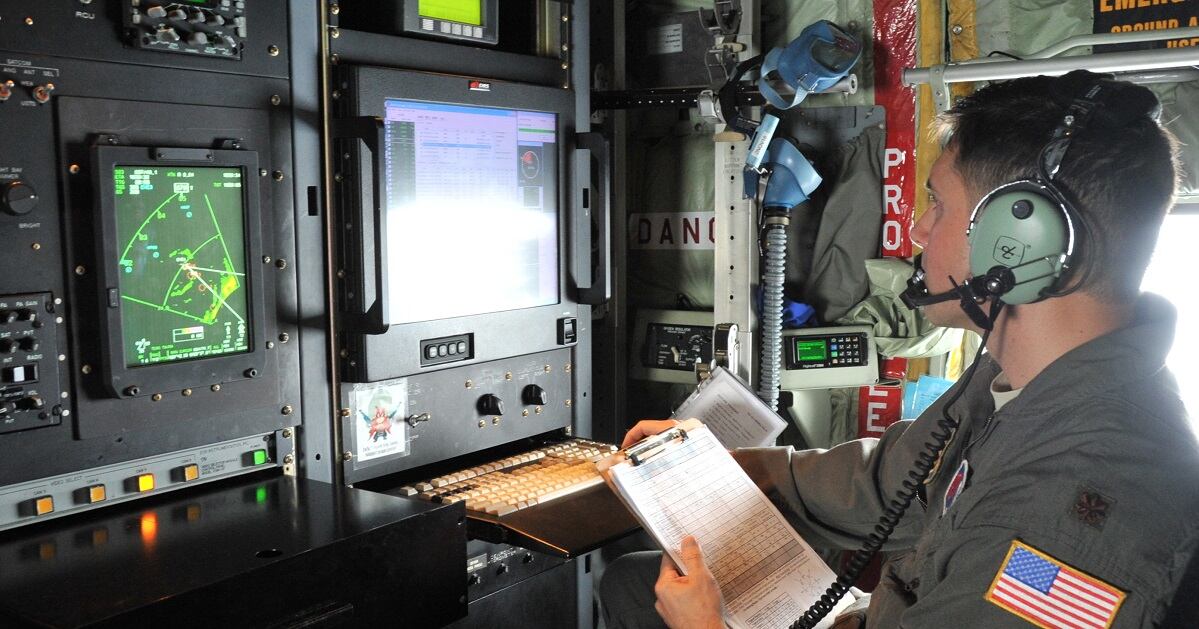
Each Super Hercules’ air crew includes two pilots, and aerial reconnaissance weather officer, a navigator and a loadmaster. As the plane takes its passes through the center of the hurricane, usually at about 10,000 feet, the crew releases a meteorological instrument called a dropsonde into the eye. The dropsonde collects data on the temperature, wind speed, wind direction, humidity, and barometric pressure as it descends to the ocean’s surface, the release said.
Image 0 of 5
The airplane itself also collects surface wind speed and flight level data, which is transmitted continuously to the National Hurricane Center and the Central Pacific Hurricane Center to help them prepare forecasts and storm warnings, the release said. The National Hurricane Center, which is part of the Commerce Department, gives the assignments to the 53rd Weather Reconnaissance Squadron.
“The data that’s provided by the Hurricane Hunters is very valuable,” Eric Lau, Pacific Region National Weather Service meteorologist, said in the release. “That ground truth data really helps forecasters here; having the most up-to-date information on the storm helps us to provide the best forecast possible.”
The squadron left Keesler last Wednesday, as Douglas grew from a category 1 to a category 2 storm and began moving west towards Hawaii. They began flying missions into Douglas Friday, out of Barbers Point Kapolei Airport in Hawaii, as Douglas reached its category 4 peak and began weakening.
On Sunday, as Douglas bore down on Hawaii and concerns grew the state could get hit, the squadron moved to Kona International Airport in Hawaii to get out of the storm’s way. By that day, Douglas had weakened to a category 2 once more, and the Hurricane Hunters flew through the eye five times.
Hurricane Hunters typically fly every 12 hours in the early stages of a storm, aerial reconnaissance weather operator Maj. Tobi Baker said. As the hurricane approaches land, he said, they start flying every six hours.
The Hurricane Hunters also flew three other planes out of St. Croix in the U.S. Virgin Islands last week to recon Hurricane Hannah, the first hurricane in the Atlantic Ocean. Hannah made landfall in Texas on Saturday as a category 1 storm.
Another plane flew out of Keesler to study Tropical Storm Gonzalo in the Gulf of Mexico. Gonzalo fizzled out over the water on Sunday.
The squadron has 10 WC-130s in all, with 10 full-time and 10 part-time Reserve aircrews to fly them.
The National Oceanic and Atmospheric Administration also has its own Hurricane Hunter mission, collecting similar data with a pair of WP-3D Orion aircraft. Sometimes Air Force and NOAA’s Hurricane Hunters work together to study the same storm simultaneously.
Stephen Losey is the air warfare reporter for Defense News. He previously covered leadership and personnel issues at Air Force Times, and the Pentagon, special operations and air warfare at Military.com. He has traveled to the Middle East to cover U.S. Air Force operations.

